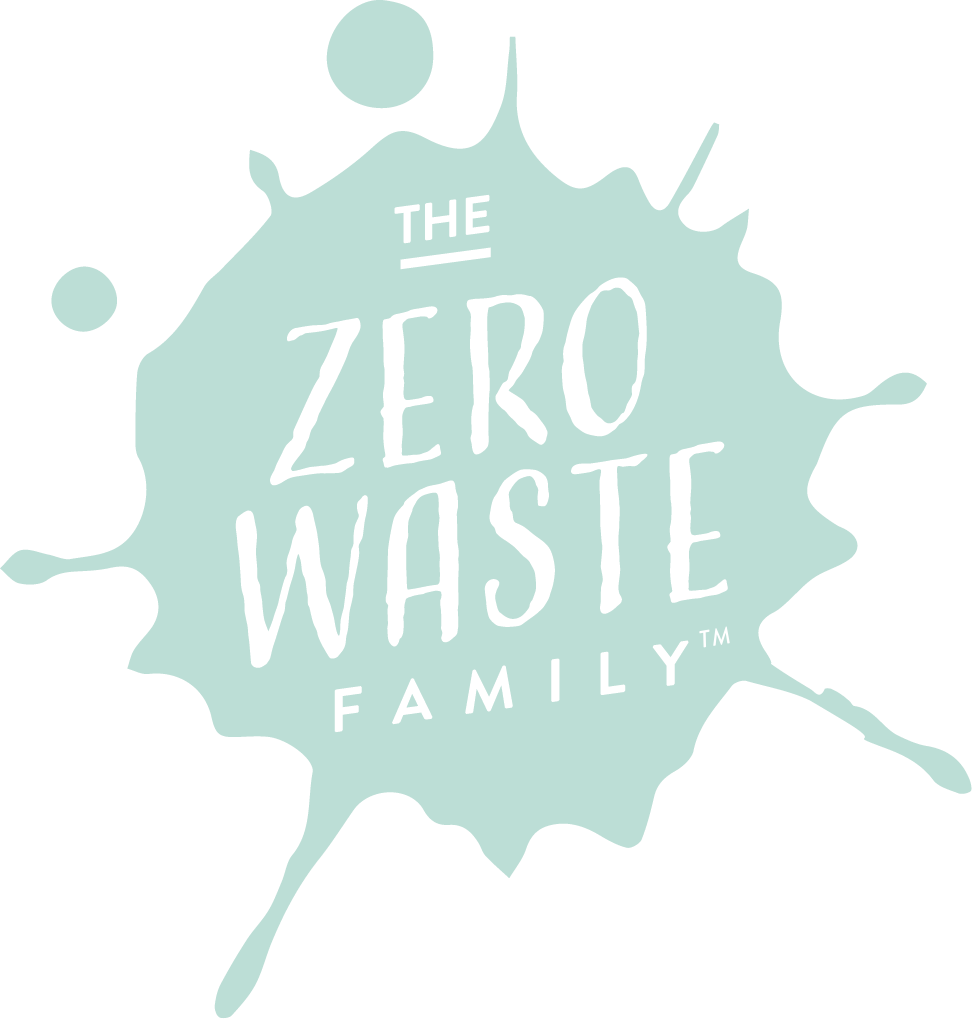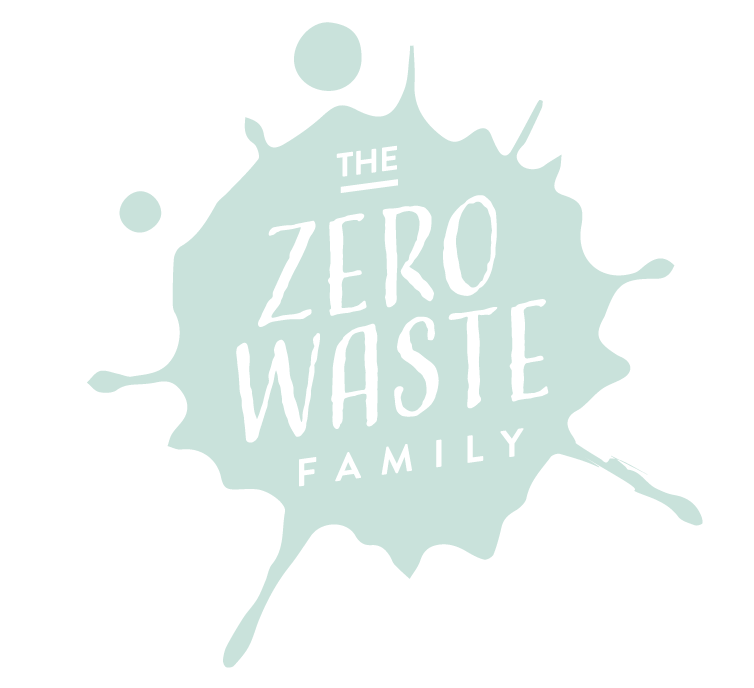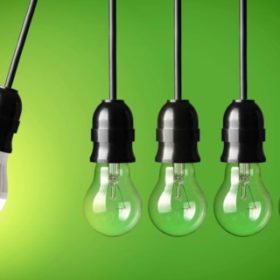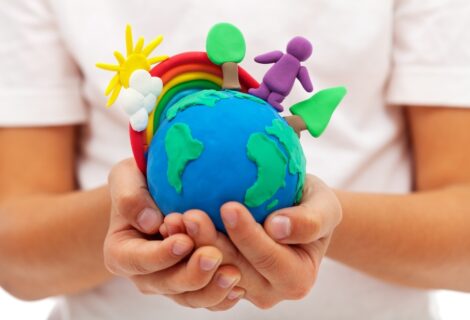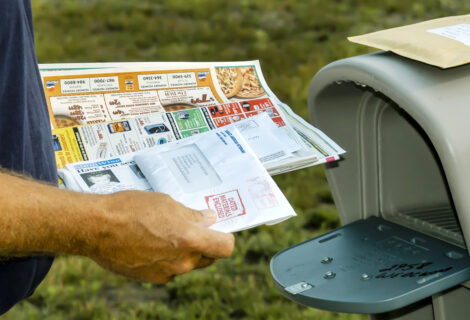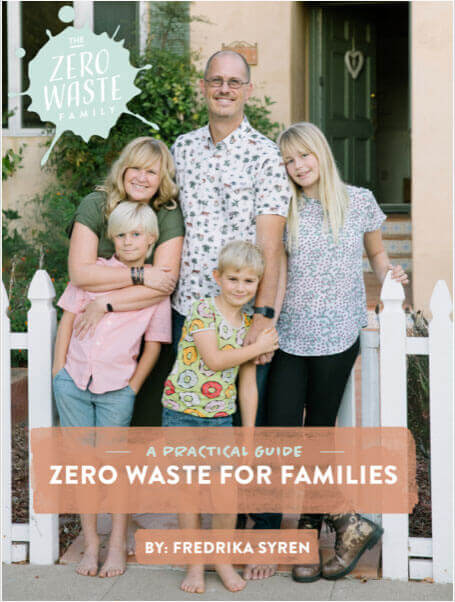We’re drowning in waste! Yes, you read that right. The fact is that all over the world, we create more than 3.5 million tons of trash … a day! And, sadly, that number is growing. And it is 10 times greater than it was 10 years ago.
 The problem with this amount of rubbish is that our landfills are quickly filling up: some of the largest landfills and dumping sites receive up to 10,000 tons of waste per day. The other problem is that garbage in landfills ends up sealed in the ground; so it doesn’t decompose much at all but, instead, creates methane that is being released into our air. Methane is a potent greenhouse gas that traps heat in the atmosphere.
The problem with this amount of rubbish is that our landfills are quickly filling up: some of the largest landfills and dumping sites receive up to 10,000 tons of waste per day. The other problem is that garbage in landfills ends up sealed in the ground; so it doesn’t decompose much at all but, instead, creates methane that is being released into our air. Methane is a potent greenhouse gas that traps heat in the atmosphere.
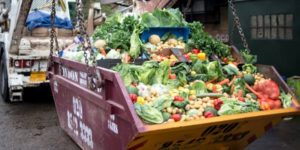 What is being thrown into the refuse? Food is one major component since about 40 percent of all food grown for humans around the world is wasted — as in thrown away or discarded. For example, Europe and North America are responsible for approximately 95-115kg of food waste per year.
What is being thrown into the refuse? Food is one major component since about 40 percent of all food grown for humans around the world is wasted — as in thrown away or discarded. For example, Europe and North America are responsible for approximately 95-115kg of food waste per year.
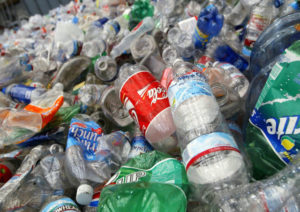 Plastic is another major source of debris. Today, single use bags add up to about 15 billion annually. Very few of these bags are recycled, so they end up in landfills. Paper, another major source of rubbish, finds its way to landfills, too. And although textiles end up as refuse to a lesser extent, they still represent 5.2 percent, or 13.1 million tons, of waste.
Plastic is another major source of debris. Today, single use bags add up to about 15 billion annually. Very few of these bags are recycled, so they end up in landfills. Paper, another major source of rubbish, finds its way to landfills, too. And although textiles end up as refuse to a lesser extent, they still represent 5.2 percent, or 13.1 million tons, of waste.
The fact is that it’s not what we buy and consume that has the biggest impact on the environment: how we discard these items does. The very best way to reduce waste is to recycle.
Key ideas to keep in mind to reduce waste:
- Recycle —Many materials are recyclable even if they are not accepted in your municipality’s recycling program.
- Compost —Food waste is one of the greatest components of waste in landfills. Starting a compost pile or a worm bin will significantly reduce your waste while creating a great product for your yard. Otherwise, you can seek out a neighbor or local community garden that may be interested in taking food scraps off your hands.
- Reduce —Most of the trash we create is from things we buy: packaging, food and drink containers, and personal products. When at the store, bring reusable bags and pay attention to product packaging. Before you buy something, think about how much of its packaging is recyclable or made from recycled products. Bring your own travel mug and tupperware to a cafe or restaurant so you can take leftovers home.
 Knowing what is recyclable is challenging. All local governments are different, so look into local programs for your city or town. Keep in mind that recycling policies are frequently changed and updated, often accepting new materials. Things that are not accepted in curbside bins often can be taken to independent recycling locations or disposed of through special programs.
Knowing what is recyclable is challenging. All local governments are different, so look into local programs for your city or town. Keep in mind that recycling policies are frequently changed and updated, often accepting new materials. Things that are not accepted in curbside bins often can be taken to independent recycling locations or disposed of through special programs.
Ready to recycle those more challenging objects? Good. Here is how to recycle them:
- Bubble wrap — Try reusing bubble wrap for moves or shipping. Offer it on Craigslist or Freecycle. Try donating it to a shipping store. Here is a great website to find where to take your old bubble wrap: http://www.sealedairprotects.com/na/en/sustainability/recycle_bubble.aspx.
- Plastic bags and plastic — I hate those pesky little plastic bags and almost never get one while out shopping. However, they do seem to find their way into my home anyway. The good news is that, these days, there are many places to recycle them: Whole Foods, Target, Ikea and Vons. Just call your local businesses to see if they have a bin for recycling plastic. Here is also a website with good resources: http://recycleyourplastics.org/Main/Plastic-bags-film.html. There is also a mail in option, so check that out, but make sure to use a recycled box for them.
- Light bulbs — Check out this site for help: http://www.lamprecycle.org/Recyclers.php.
- Cardboard paper — Clean and dry cardboard boxes not only are biodegradable, but also very recyclable, so it’s best to put cardboard in the recycling bin instead of leaving it as litter. After we moved into our house, I posted my boxes on Craig’s list under “free” and got rid of them to other people.
- Clothes — Give to friends and family or take to a Goodwill donating site. I also like to sell my old but still good clothes on Ebay.com.
- Toys — Give away to friends, family or donate to a Goodwill donating site.
- Computers and phones — Take to a local electronics recycling center or drop off at a Best Buy store.
- Old medications — Old medications should never, NEVER be flushed down the toilet or thrown into the trash. They need to be properly disposed of, and this website can help you find where to take them http://www.disposemymeds.org, or call your local pharmacy to ask where there is a household hazardous waste (HHW) facility near you.
- Old and used medical sharps — EPA has a great site with information about where to take them.
- Wine corks — Whole Foods Market has a wine cork recycling program.
- Electrical household items including TVs and DVDS — All these can be taken to a local electronic recycling center or to Best Buy, where they will recycle all electronics even if you did not buy the item(s) from them.
- Batteries — You can drop them off at a household hazardous waste (HHW) facility or participate in the many mail-in or take-back programs that are available.
- Old paint — Oil-based paints (also includes old nail polishes) have to be taken to a household hazardous waste facility (HHW). Find your local establishment on the Internet. Latex paint is recyclable, so try selling or giving it away. Make sure to recycle all empty paint cans with metal lids.
Making the extra effort to recycle and compost has a positive impact on the world and environment. Because waste negatively impacts the natural environment greatly, we all have to start recycling and composting much more. When we throw rubbish away, we risk releasing harmful chemicals into the landfill sites, which then will leak into our natural waters and environment, harming both animals and us.
